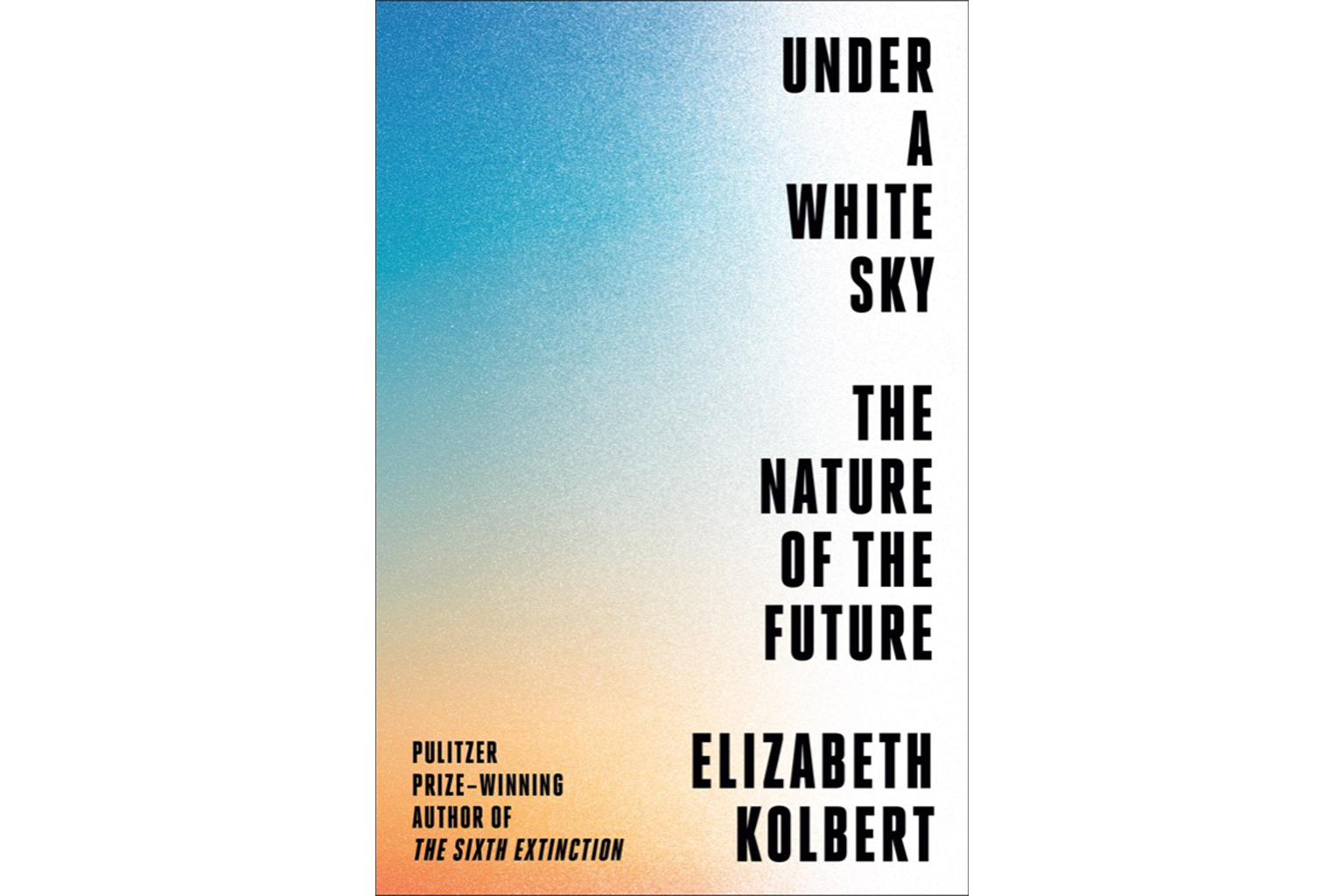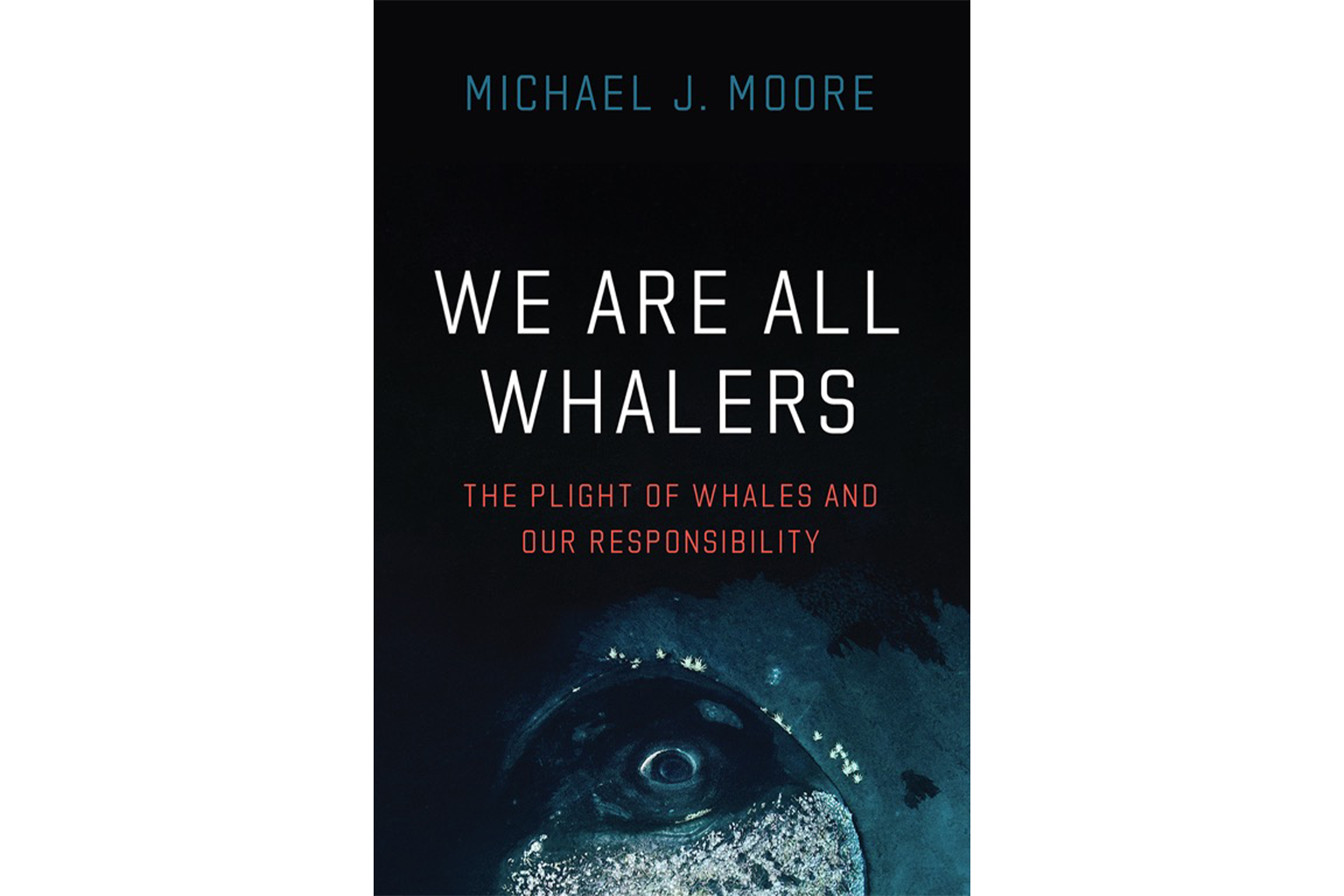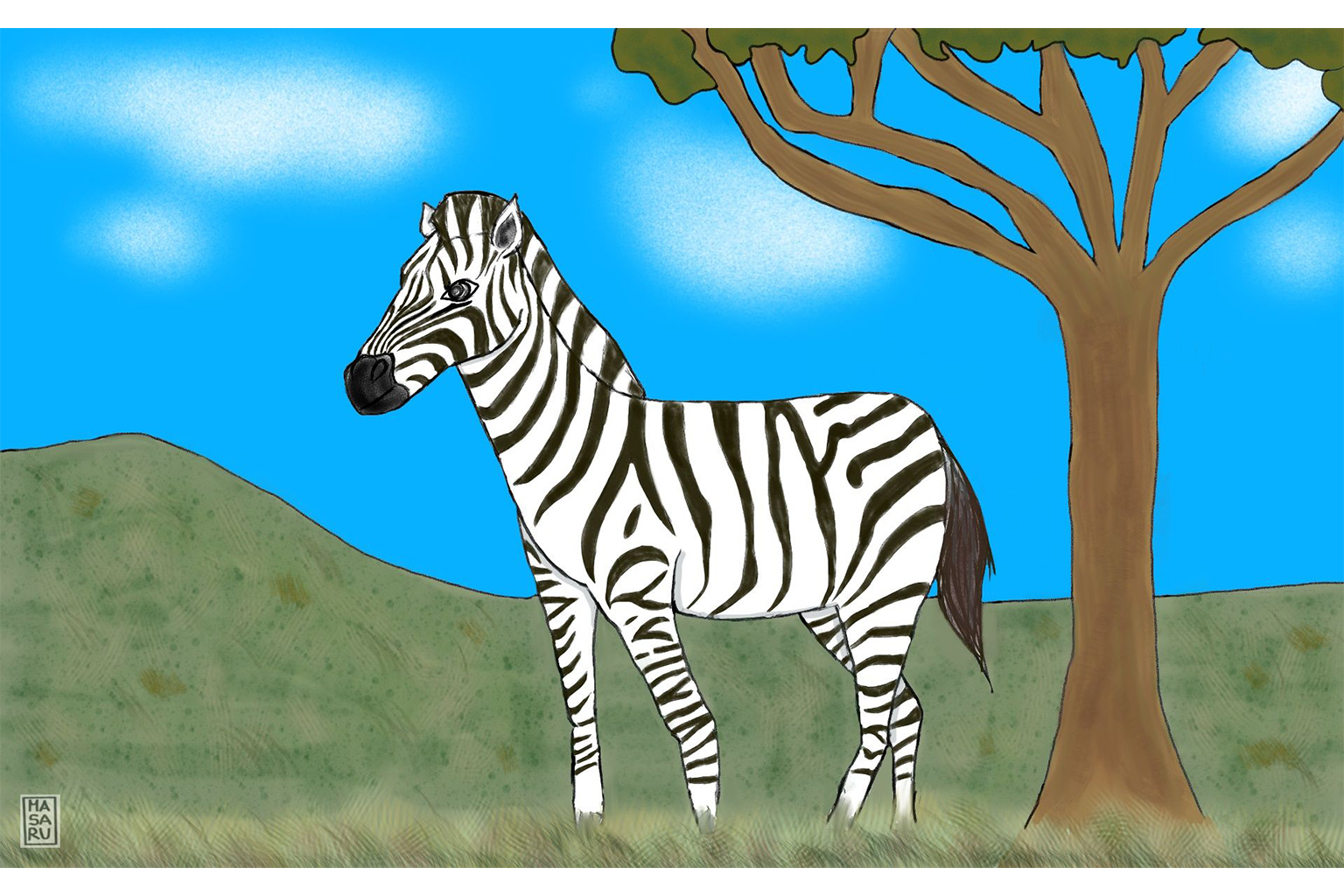- The books chosen for 2021 revolve around the central theme of not just cataloging declines and degradation, but how we as a species work to live with, mitigate and reverse those changes.
- The list below features a sample of the important literature on conservation and the environment released this year.
- Inclusion in this list does not imply Mongabay’s endorsement of a book’s content; the views in the books are those of the authors and not necessarily Mongabay.
The signs of human impact seem to exist just about everywhere we look. We live in a world in which microscopic bits of plastic have found their way onto the highest mountain peaks and deepest ocean trenches. Our world-shaping power extends across the two-thirds of the planet covered by the global ocean, right up to and including the largest animals that have ever lived. We’ve altered the climate, pushed countless species to extinction and countless more to the brink. We’ve toppled forests, lopped off mountaintops and changed the course of rivers. And yet for all the power humans have to send the planet in decline, we also have the power to help it recover.
The selections on this year’s list grapple not only with the consequences of both aspects of that power, wielded individually and in concert by the more than 7.5 billion of us alive today and those who came before. The authors also ponder whether our responsibility is to allow nature to heal on its own, to goad it into some idealized vision of how the world must have existed before us, or to embrace a third option: a future in which nature is nurtured but we also accept that we have transformed the Earth in almost unimaginable ways that demand a rethink of what it means to conserve and protect the environment.
1. Under a White Sky: The Nature of the Future
By Elizabeth Kolbert

New Yorker staff writer Elizabeth Kolbert’s coverage of climate change and the global extinction crisis has won her far-reaching acclaim, including a Pulitzer for her 2014 book, The Sixth Extinction: An Unnatural History. The thrust of much of that work has been how we humans, as a species, have altered the natural world — and caused a lot of problems in the process.
Under a White Sky looks at the other side of that power to shape the world around us, this time in an effort to save it. Today, she writes, scientists are working hard to control the invasive species that we’ve introduced — sometimes knowingly, sometimes not — into new environs. They’re feverishly working on myriad solutions to pull climate-warming carbon from the atmosphere. And they’re creating new strains of reef-building coral that withstand the marine heat waves the industrialization of the Earth has unleashed on them. In Under a White Sky, we get to peer over these researchers’ shoulder with Kolbert at the helm.
2. We Are All Whalers: The Plight of Whales and Our Responsibility
By Michael J. Moore

As a veterinarian and marine scientist at the Woods Hole Oceanographic Institution in the United States, Michael J. Moore has borne witness to the ways in which human activity has made the ocean a more challenging and hostile environment for the whales that call it home. In We Are All Whalers, Moore recounts his research over the past four decades, punctuated by the frustrating and at times perplexing decline of the North Atlantic right whale, which has become a major focus of his work. Despite the attention of scientists like himself and a growing compendium of conservation laws, right whale numbers have continued to plummet. The best current estimates put the total at fewer than 350 individuals surviving today.
Right whales were once a favorite quarry of Yankee whalers. But today, a gantlet of fishing gear in their home range and high-powered ships plowing through have put their continued existence in doubt. Most people will never hold a harpoon in their lifetimes, but we do hold sway over what happens to this animal — from the seafood we choose to eat and where it comes from, to the products, shipped in massive containers across the world’s oceans, that we buy.
That burden could be a weight heavy enough to sink a book and its message. Instead, Moore shapes it into a responsibility that we all share. By paying more attention to how the things we buy make their way to us, and calling for new technologies, such as ropeless gear for fishers, we can help to make the ocean a more hospitable home.
3. Beloved Beasts: Fighting for Life in an Age of Extinction
By Michelle Nijhuis

Beloved Beasts is a book that’s as much about the people involved in conservation over the past century and a half as it is about the species they’ve helped to save. In that time, the conservation and environmental movements have wound their way through the twists of history, sweeping up genuine thought leaders as well as their share of problematic figures. In her book, Michelle Nijhuis is our guide to that history, bringing us right up to the present day in which we find ourselves struggling with an extinction crisis that has only grown. Along the way, we discover that we have as much to learn about ourselves as we do about the species that we’re trying to save.
4. The Puma Years: A Memoir
By Laura Coleman

The Bolivian Amazon: The setting of The Puma Years might be enticing enough to pick up the book. But it’s the personal story of the author that makes it a page turner. As the title suggests, Laura Coleman develops a years-long relationship with a puma named Wayra at an animal refuge in the forest. In her effort to help Wayra and the other animals at the center, Coleman seems to learn as much about herself as she does the animals in her care and the people with whom she crosses paths.
5. True Cost Accounting for Food: Balancing the Scale
Edited by Lauren Baker, Paula Daniels and Barbara Gemmill-Herren

The global system that provides humans with our sustenance is responsible for some of the most significant impacts to our environment, from the conversion of great rainforests for agriculture, to the effects on water, land and air from industrial livestock production. A growing body of evidence demonstrates the weight that our choices have, but just how much do they cost?
In a series of case studies from around the world, True Cost Accounting for Food adds depth, contours and nuance to those consequences. Contributors discuss water systems in the Andes, cotton production in Egypt, and the importance of soil health in California, while others take a look at the social reverberations of the foods we select.
6. Abundance: Nature in Recovery
By Karen Lloyd

As its title suggests, Karen Lloyd’s collection of essays, Abundance: Nature in Recovery, strikes a hopeful tone. Lloyd seeks out examples of investments in restoring natural ecosystems and pulling species from near-extinction into recovery around the globe. At the same time, Lloyd’s writing doesn’t trivialize the challenges that many ecosystems face. Indeed, some of the book’s most thought-provoking passages turn out to be meditations on what we humans choose to save and what we choose to let disappear.
7. Death of a Whale: The Challenge of Anti-Whaling Activists and Indigenous Rights
By Paul Watson

How does perhaps the world’s best known anti-whaling campaigner square his life’s vocation with an Indigenous nation’s cultural traditions? In Paul Watson’s Death of a Whale, we see both the internal struggle and the external fight to save an animal he loves. Captain Watson, founder of the Sea Shepherd Conservation Society, tracks a campaign to stop the Makah people in the Pacific Northwest from hunting gray whales.
Wrestling with themes ranging from relativism to the sanctity of life, Watson attempts to steer his storytelling into the waters of both an adventure story and a parable about life that encourages us to question long-held beliefs.
8. The Arbornaut: A Life Discovering the Eighth Continent in the Trees Above Us
By Meg Lowman

Tree canopies high above the forest floor hold a dizzying variety of life. For decades, scientist Meg Lowman has observed these ecosystems up close, climbing to reach this “eighth continent” or soaring high above it. In The Arbornaut, she divulges some of the secrets held in this ethereal terroir, and few readers will be able to resist allowing a bit of Lowman’s infectious exuberance for the treetops rub off on them.
9. Cull 2031
By Nick Thomas

In the only fiction entry on Mongabay’s 2021 list, Cull 2031 imagines a dystopian future in which climate activists a decade from now see embracing violence as a path to ending the crisis. It’s a chilling prospect, one that might provoke the question: How might we all come together to avoid such a fate?
10. Wild Souls: Freedom and Flourishing in the Non-Human World
By Emma Marris

What does it mean to be wild? Emma Marris explores this question and more in her reporting, packing a host of insight in Wild Souls. The book takes measure of how profoundly we humans have changed the world and the life it supports. It also asks how prominent a role we must take in saving that life. Meted out with a philosophical bent, the end result tends toward pragmatism over purism and the acceptance of a world altered by human hands rather than an insistence on one that is pristine and devoid of that touch.
Banner image: A mountain lion in the Santa Susana Mountains of California. Image by the U.S. National Park Service via Wikimedia Commons (Public domain).
John Cannon is a staff features writer with Mongabay. Find him on Twitter: @johnccannon
FEEDBACK: Use this form to send a message to the author of this post. If you want to post a public comment, you can do that at the bottom of the page.















